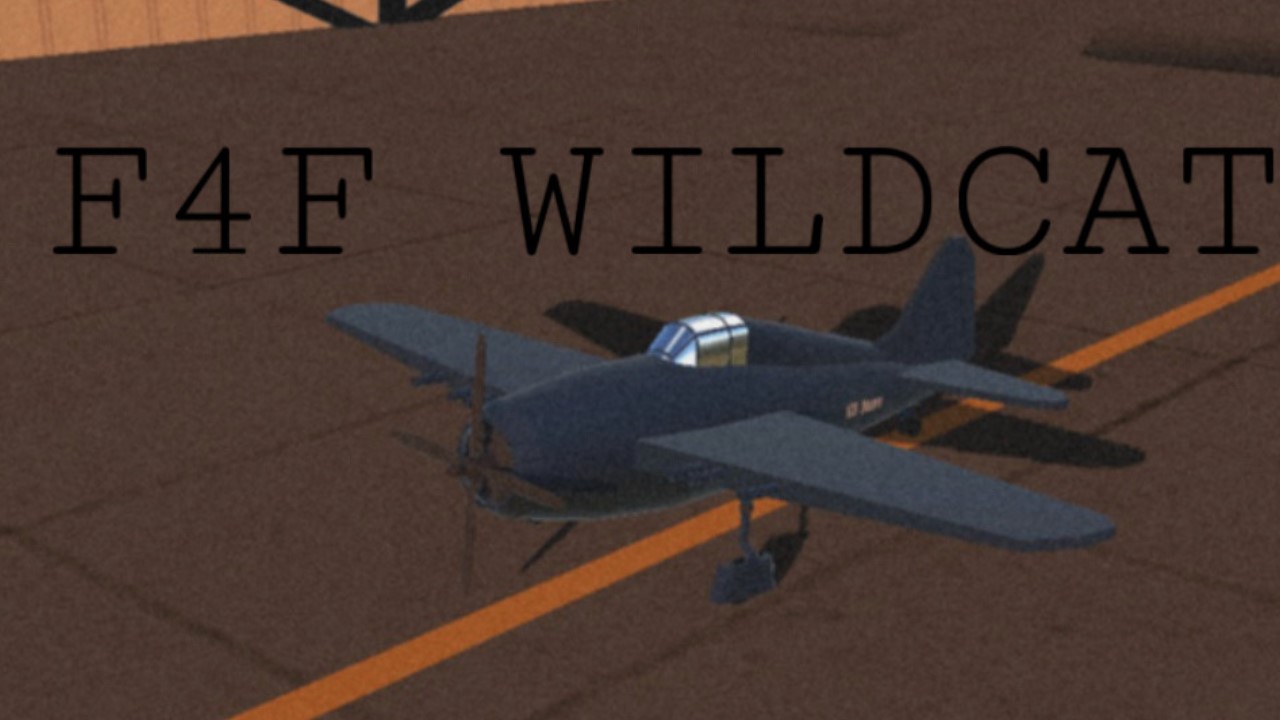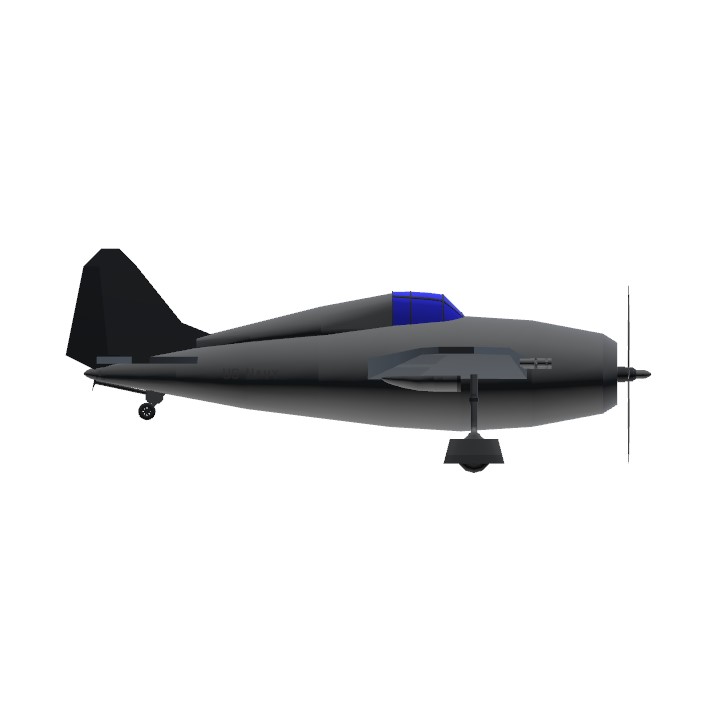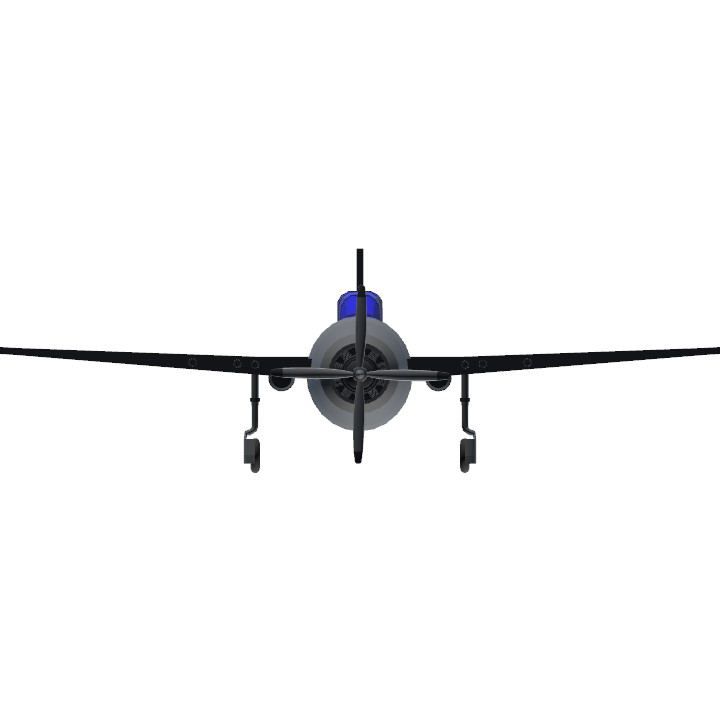hello guys doctor nowhere is here with a brand new banger for kav anyways heres some history about it:
Grumman F4F Wildcat – History
The F4F Wildcat was the United States Navy’s main carrier fighter at the start of World War II and one of the most important early-war naval aircraft.
⸻
Origins
• Designed by Grumman in the late 1930s.
• First flew in 1937.
• Entered U.S. Navy service in 1940.
• Replaced the older F2A Buffalo and quickly became the USN’s frontline fighter.
⸻
Role & Performance
The Wildcat was:
• Tough and durable
• Surprisingly agile at low speeds
• Able to absorb heavy damage
• Armed with four to six .50 cal Browning machine guns
It wasn’t the fastest fighter, but it was extremely reliable, rugged, and had excellent range.
⸻
Combat History
The F4F fought in nearly every early Pacific battle:
Battle of Wake Island (1941)
• Wildcats defended the island heroically and shot down numerous Japanese aircraft despite being outnumbered.
Battle of Coral Sea (1942)
Battle of Midway (1942)
Guadalcanal Campaign (1942–1943)
Wildcats were the backbone of U.S. naval air power until better fighters arrived.
⸻
Facing the A6M Zero
Against the Japanese Zero, the Wildcat was:
• Slower
• Less maneuverable
BUT it had:
• Stronger armor
• Self-sealing fuel tanks
• Better firepower
U.S. pilots used the famous “Thach Weave” tactic to compensate and turn the Wildcat into a serious threat.
⸻
Later Use & Successor
• Replaced by the F6F Hellcat starting in 1943.
• Continued serving with Marines and escort carriers even after newer fighters appeared.
• Over 5,000 Wildcats were built.
⸻
Legacy
Despite being outclassed on paper, the Wildcat achieved an impressive kill-to-loss ratio of around 6:1 in U.S. Navy hands — proving how effective tactics, training, and rugged design could be.
Specifications
Spotlights
- SuperSuperTheSylph yesterday
- nwa 22 hours ago
- chaseplaneKL2012 yesterday
General Characteristics
- Created On iOS
- Wingspan 33.2ft (10.1m)
- Length 26.9ft (8.2m)
- Height 10.0ft (3.1m)
- Empty Weight 5,198lbs (2,357kg)
- Loaded Weight 6,863lbs (3,113kg)
Performance
- Horse Power/Weight Ratio 0.437
- Wing Loading 28.6lbs/ft2 (139.6kg/m2)
- Wing Area 240.1ft2 (22.3m2)
- Drag Points 2701
Parts
- Number of Parts 51
- Control Surfaces 8
- Performance Cost 287





That's nice, you did mention on our Ohka post that you wanted to try to intercept them.
@DoctorNowhere actually..
Yeah.
I need to make one
Kool
@SimplyElegant well atleast its good
@SimplyElegant oh sh i forgot
Like this
@DoctorNowhere its 3 blades instead of 4, and they are thicker
@SimplyElegant wdym
You know you can Edit the prop..
tags:
@simplyelegant
tags:
@kav
@titanvector
@mitterbin
tags:
@nwa
@theRLAF
@supersuperthesylph